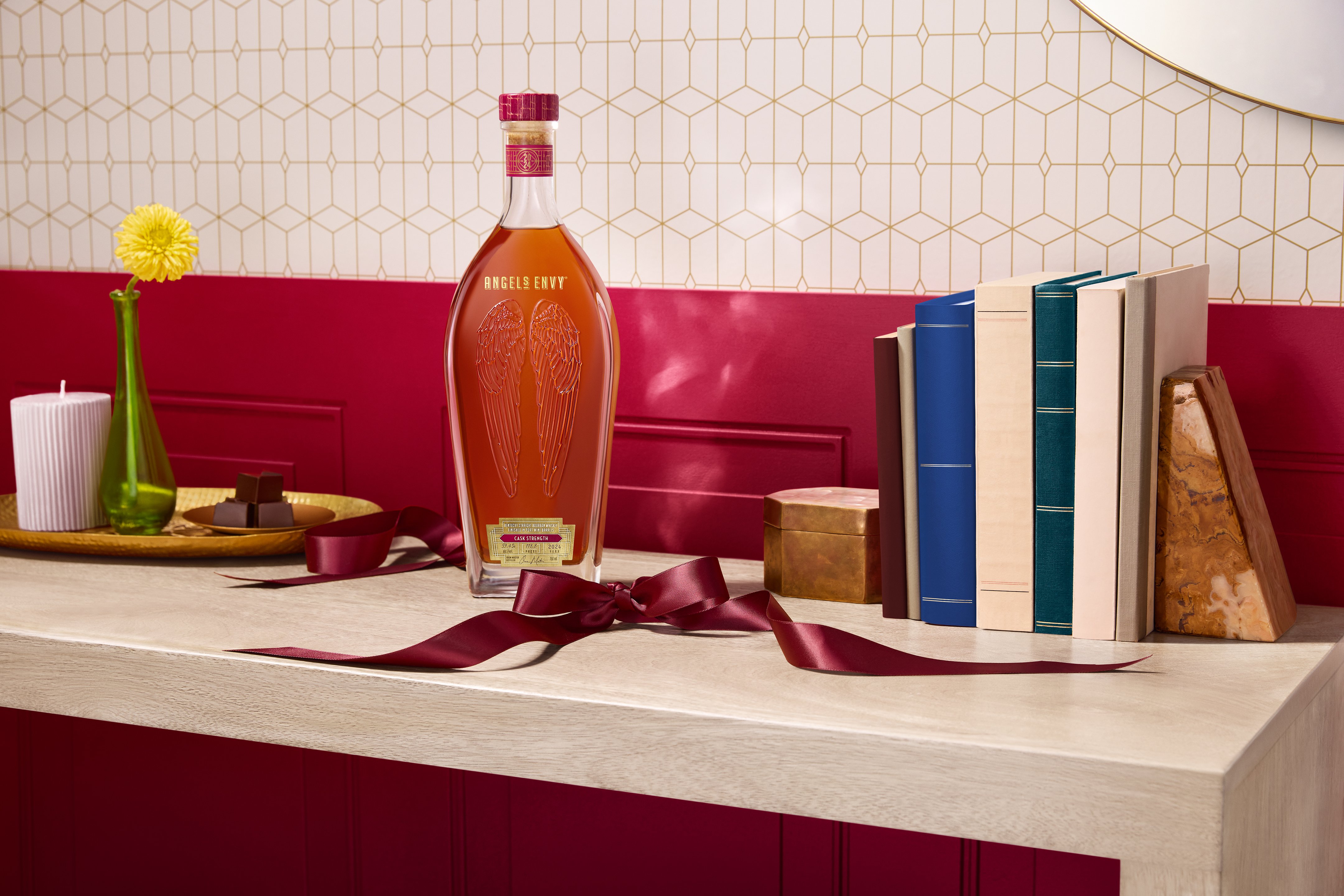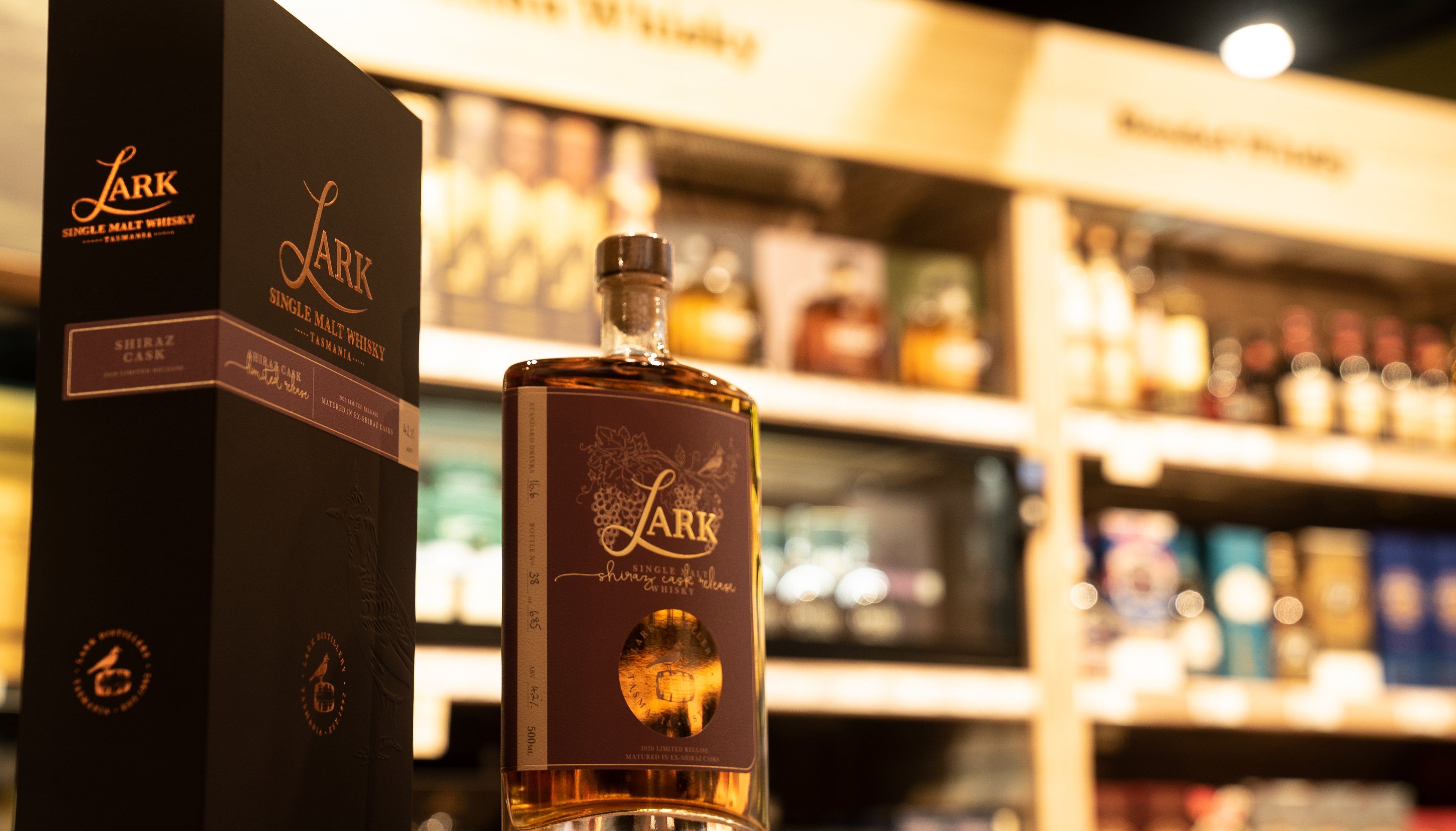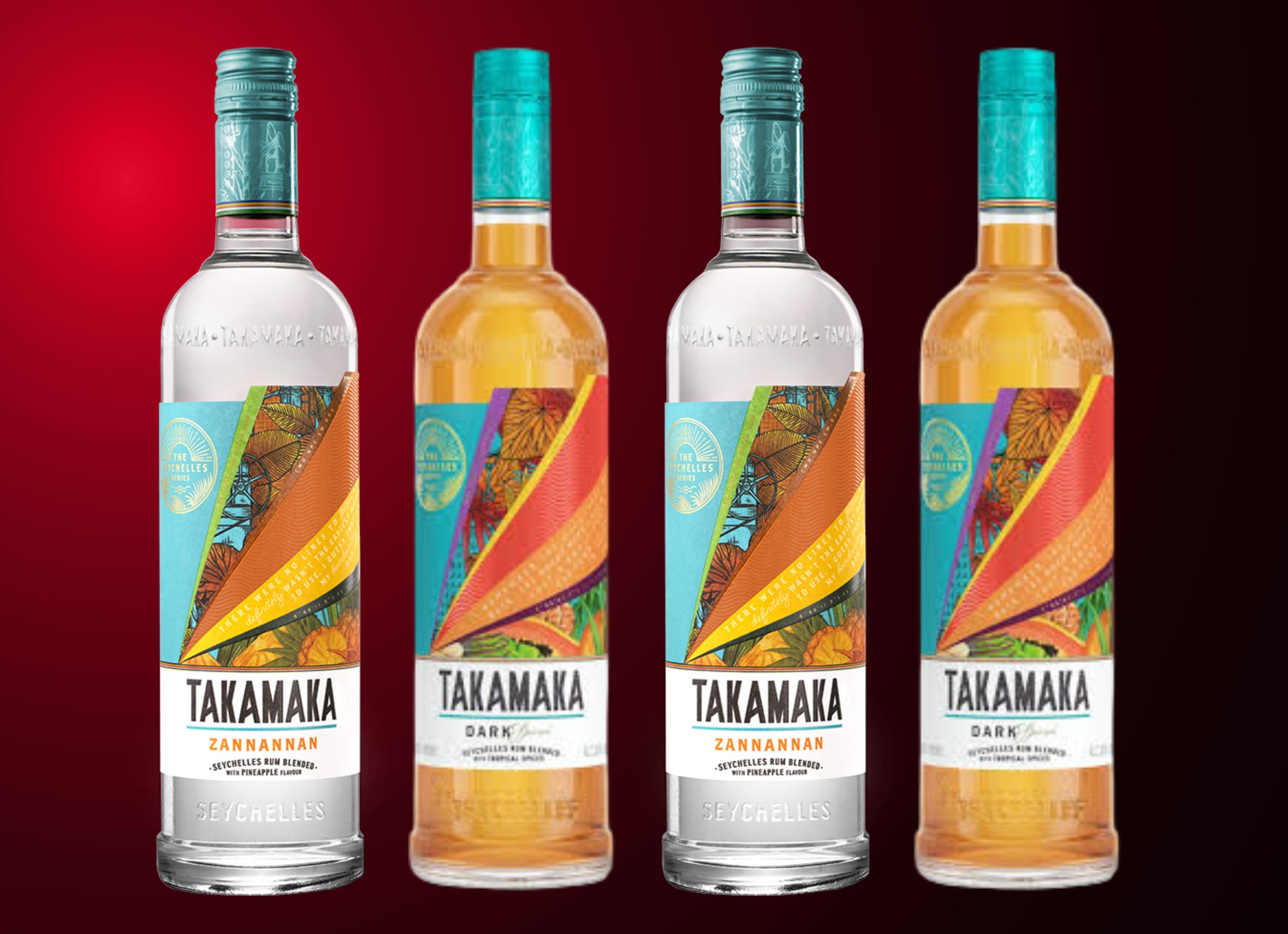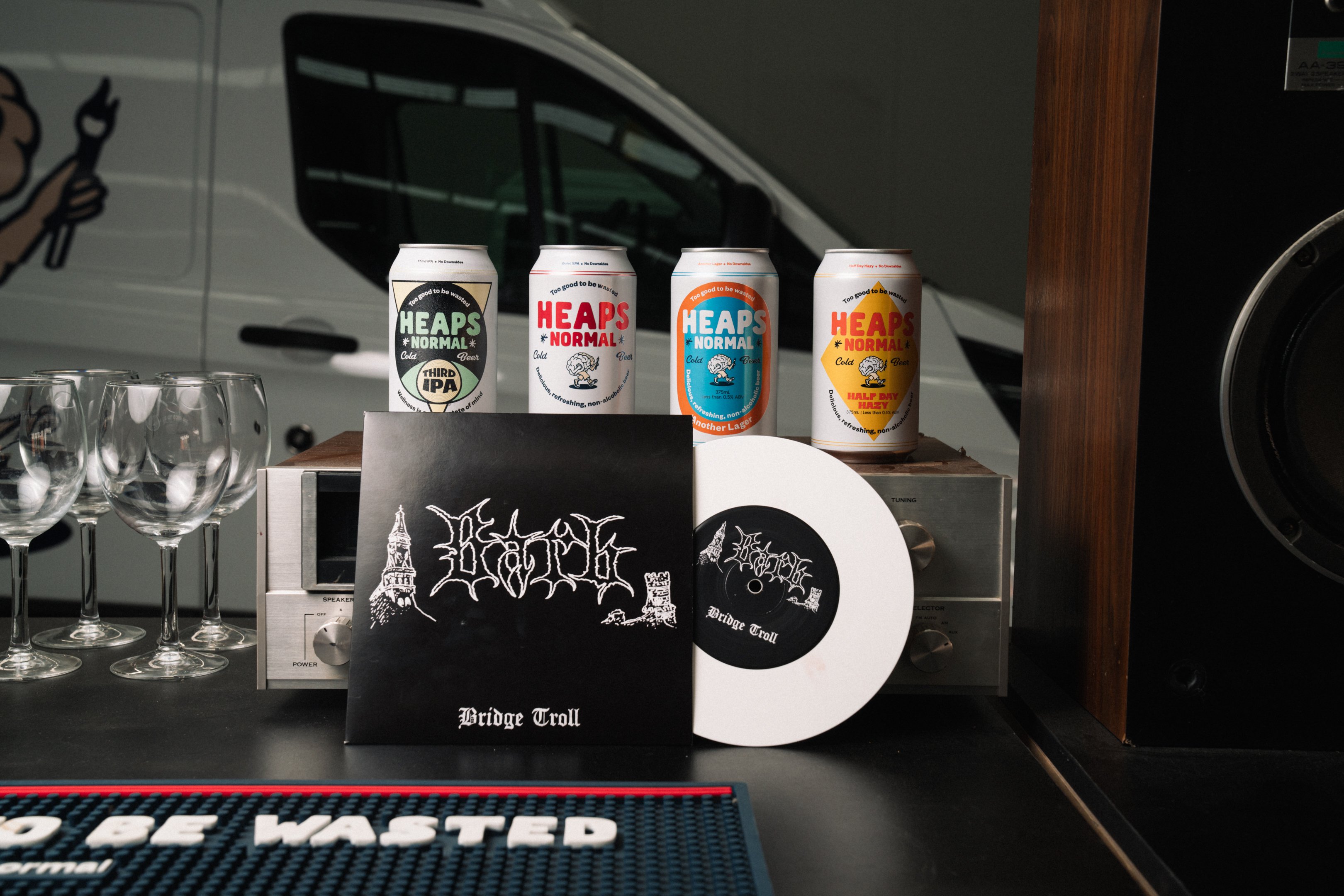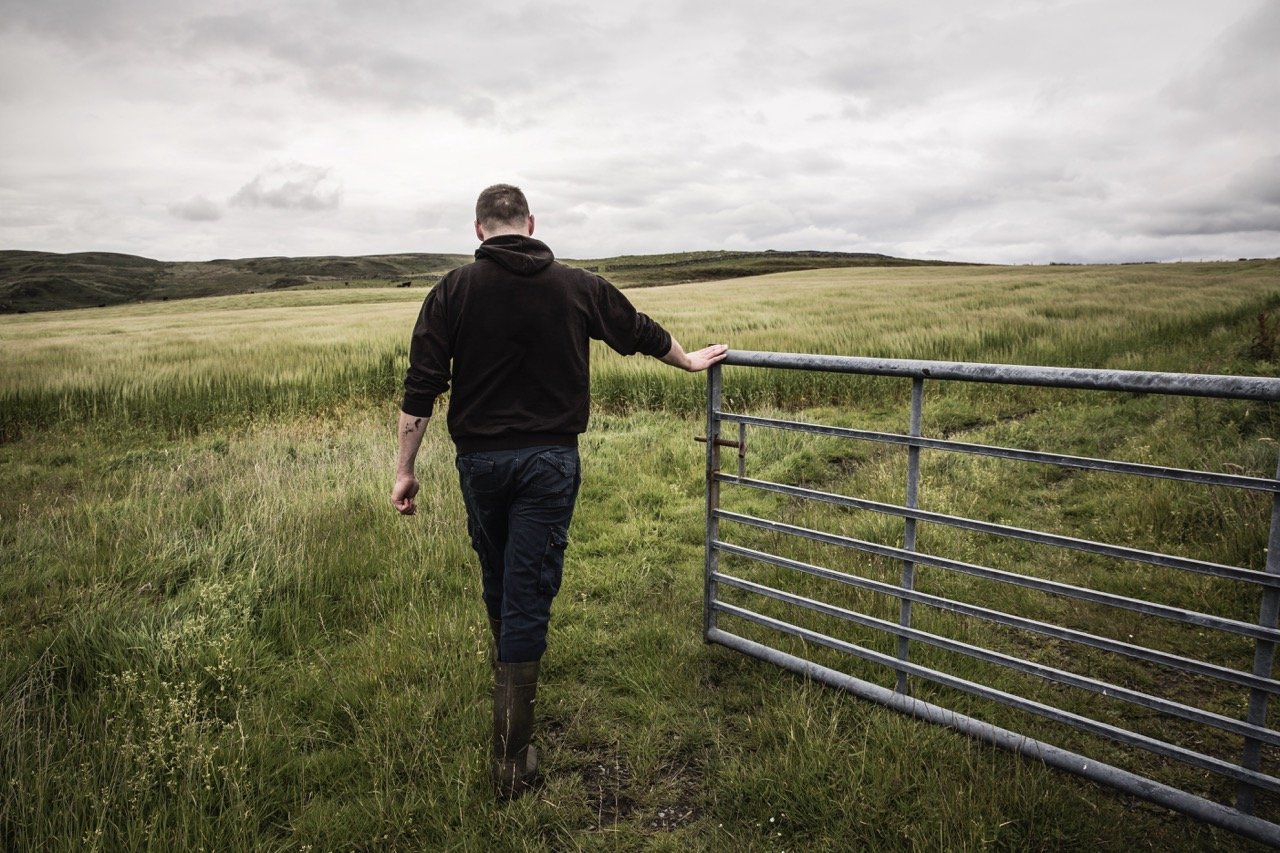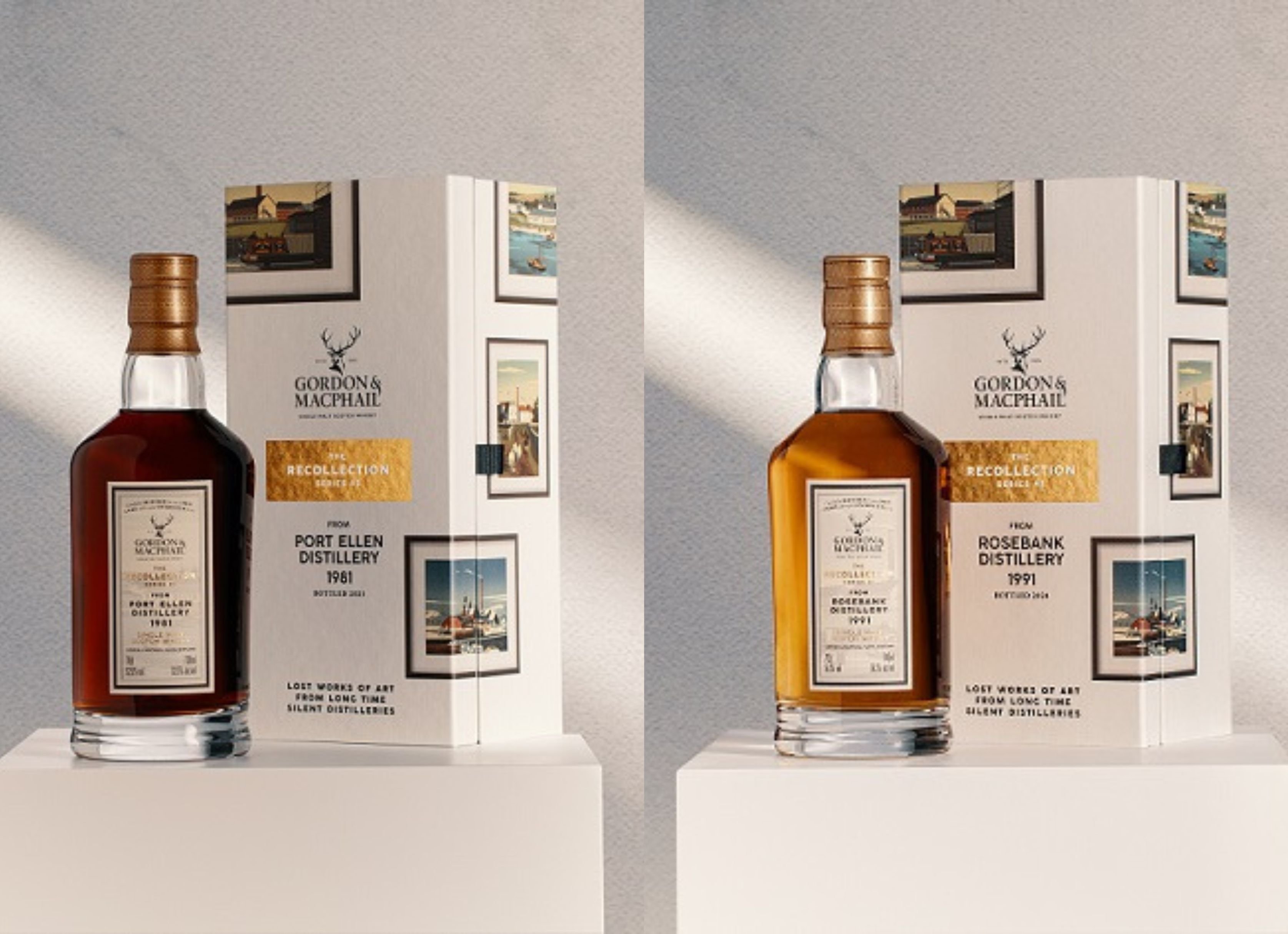It's World Tequila Day on July 24. To celebrate, Naomi Kaplan has researched the biggest tequila trends over the past year.
Tequila is finally having its moment. According to IWSR data, it saw the largest growth of all spirits last year, up 5.2% on the previous year.
Moreover, in the US, the world’s biggest tequila market, sales surged 65% between 2005 and 2015, more than bourbon or vodka, and the IWSR says it “shows no sign of slowing down”.
Here are the five biggest trends in tequila over the past year:
1. Celebrities & social media are key
With a face like George Clooney or Jennifer Hawkins, it isn’t hard to sell anything. A colossal 71% of consumers are more likely to make a purchase based on a social media reference, so it’s no surprise that attractive and successful celebs are utilising social media to sell their tequila brands. Clooney’s Casamigos, which recently sold to Diageo for $1billion, has successfully marketed a chic yet obtainable lifestyle through the presentation of its brand on social media, with many other celebrities catching on. Similarly, Aussie model Jennifer Hawkins and her husband Jake Wall’s Sesions Tequila has marketed an exotic, fun and desirable lifestyle associated with the brand through their social media accounts.
Snapshot of Sesion’s 'fun and inciting' Instagram account – who can say no to that lifestyle (or should we say, tequila)? Source: Instagram @ sesiontequila
2. Premiumisation of tequila
Premiumisation within the drinks industry is on trend right now and especially in tequila. According to the Tequila Regulatory Council, production of sophisticated tequila grew by 39% between January and August 2016, while standard tequila production dropped by 1.5%.
Meanwhile, the Distilled Spirits Council notes that super-premium tequila sales have shot up by 706% in the US since 2002.
What is the difference between ‘standard’ and ‘premium’ tequila? By law tequila is only really considered tequila if it is made in the western state of Jalisco or other parts of Mexico from a single variety of the blue, spiky agave plant: Blue Weber agave. While standard tequila only needs only 51% agave, with the rest made up of other sugars, the premium tequila range will have up to 100% agave on its labels. According to IWSR, in 2015, 100% agave tequilas made up 43% of all tequila exports.
The Financial Times reports that the top-end tequilas, made for sipping slowly or fancy mixology, have become the highlight of Mexico’s $1.3bn tequila export sector. With a shift towards luxury and ‘cocktail culture’ trending in the industry.
Moreover, Distilled Spirits Council director of public relations Kelley McDonough told the Spirits Business: “A common trend we’re seeing across the entire spirits sector is strong interest in super-premium products.
“Tequila fits nicely in this consumer trend with the many sophisticated sipping tequilas in the marketplace today. Tequila is no longer only associated with celebrations such as Cinco de Mayo or enjoyed in pre-batched frozen margaritas at a beach bar.”
Classy night out. Source: Instagram @donjuliotequila
3. Sustainability
Tequila is setting an example on sustainable spirits; from saving a nearly-extinct bat species, to composting waste and even helping build greener cars!
Tequila producers have been collaborating with academics and marketers on a project called ‘Bat Friendly Tequila’, which has contributing to the revival of the endangered species: the lesser long-nosed bat. According to the U.S. Fish and Wildlife Service tequila producers are partly responsible for bringing the Lesser Long-nosed Bat population from less than 1,000 in 1988, to more than 200,000 in 2017.
How does tequila help bats, you may ask? It’s a long story, but basically eco-friendly farmers in Mexico have begun leaving some of their agave plants to flower (instead of cutting them immediately for production) so the bats that live in the fields can fertilize them. These farmers then use the seeds and bulbs to cultivate the next generation of agave plants. It’s a slow process, but important for the evolution of the bat species. The producers using this method are now stamping their bottles of tequila with a bat symbol to help consumers identify and differentiate their product from others.
Meanwhile, Patron has been recognised by the Mexican government as being a leader in its efforts to help protect the environment and reduce waste. The brand recycles the waste from the distillery process, such as vinasse (residual liquid) and bagasse (solid waste), and combines them in giant heaps of compost to be given back to local farmers who grow the agave used to make the spirit.
Paco Soltero, director of strategic planning and public affairs for Patron told Men’s Journal that sustainability is an ongoing process: “The technology of how to treat your waste and be more sustainable is changing constantly. So we are establishing processes, but also checking [if we should do] something different.”
Another eco-conscious tequila brand, Jose Cuervo, has teamed up with Ford Motor Company to build greener cars from tequila byproducts. The idea is that parts of the agave plant left over after producing tequila could be used in place of traditional materials like plastic to build parts like cup holders and fuse boxes on cars. These ‘waste’ materials from leftover agave can reduce the use of petrochemicals, making cars lighter and more environmentally-friendly. Ford hopes these materials can even improve a car's fuel economy.
Source: Instagram @jimenaviajera
4. The health conscious turn to tequila
Tequila has been receiving plenty of press for its unexpected health benefits.
Pure, premium tequila has been praised for never causing hangovers. The drink can also aid your digestive system, has probiotic benefits, relaxes and helps you sleep, can actually help you lose weight, and may even lower chances of dementia!
Moreover, scientists at the Centre for Research and Advanced Studies in Mexico have found that tequila may also be good for your bones. A recent study revealed that the agave spirit can enhance the absorption of calcium in the body. Cheers to that!

Health conscious TV star, Bethenny Frankel launched her own Skinnygirl (tequila) cocktail brand, which has been a huge success. Source: Instagram @skinnygirl
5. Mezcal - tequila's cooler cousin?
Mezcal, the ‘cousin’ of tequila, can be made using two dozen or so varieties of agave plants, while tequila is mostly made from Blue Weber. Certain types of agave plants used for mezcal can take a decade to reach maturity, while others might take 25 years.
Unlike tequila, mezcal seems to have escaped mass production – hence being the more ‘niche’ and therefore desirable relation. Most bottles are produced on family farms in Oaxaca, a state in southern Mexico, where local agave is still chopped by hand (cool right?). Even top tequila producers are turning to mezcal, with sales volume in the US grown a whopping 279% in the last decade, according to the IWSR. Mezcal has been described as smoky due to roasting the agaves underground rather than cooking them in an oven, as with tequila.
Liquorista lists the top three mezcal brands of 2017 as Del Maguey (recently purchased by Pernod Ricard), Fidencio and Ilegal.
Share the content







